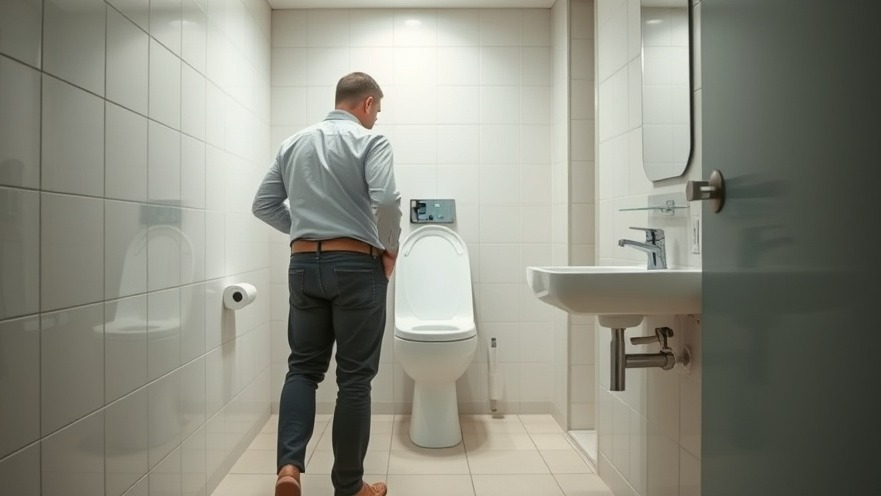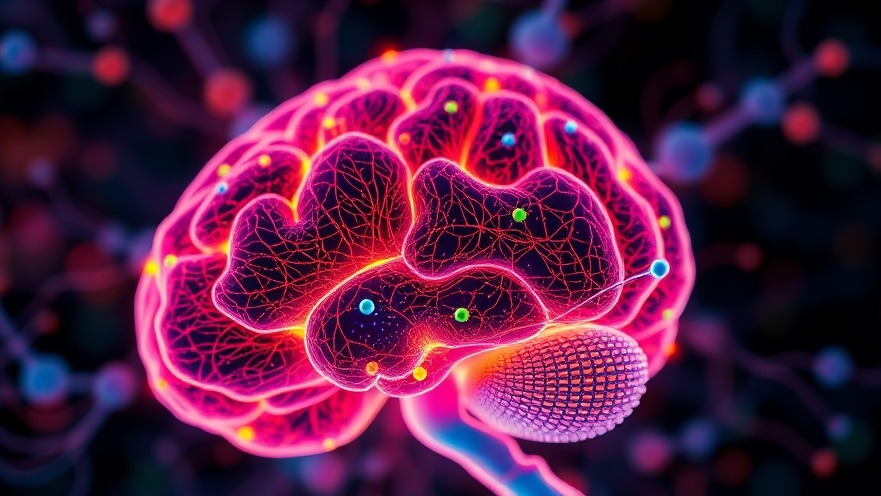
Innovative Approaches to Overactive Bladder Management
Understanding the implications of urinary disorders, particularly overactive bladder (OAB), can significantly improve patient care. OAB is defined by symptoms such as frequent urination, urgent needs to urinate, and difficulties starting urination, all of which can severely impact a patient’s quality of life. Unfortunately, many suffer in silence due to societal stigmas surrounding these conditions.
Introducing Personalized Neuromodulation Therapy
Exciting advancements in treatment have emerged thanks to a recent study published in Nature Communications. Researchers at POSTECH and Hanyang University have unveiled a novel neuromodulation technique that personalizes stimulation therapy for OAB. This technique leverages the concept of Evoked Compound Action Potentials (ECAP) to provide real-time feedback of the nerve's response to stimulation, thereby fine-tuning treatment based on individual patient responses.
The Technology Behind the Innovation
This new method builds upon traditional nerve stimulation approaches, which heavily rely on clinician experience and subjective patient feedback. The forward-thinking technique allows for precise adjustments in stimulation delivery using a compact implantable device with specialized electrodes. Say goodbye to the days when clinicians would rely solely on observable physical reactions, such as muscle twitches; this innovation aims to evoke a more accurate representation of the nerve's activity during treatment.
Clinical Implications for Health Practitioners
For concierge health practitioners, the significance of this research extends into improved patient outcomes. By transitioning to this personalized treatment model, healthcare professionals can ensure a more effective management strategy for patients with OAB. The real-time monitoring of nerve activity demystifies the treatment process, providing doctors with objective data to enhance therapeutic strategies.
A Broadening Perspective on Management Techniques
Understanding the scope of OAB treatment encompasses more than just advanced technology—it requires a holistic view of patient care. Many factors influence a patient's experience with urinary disorders, emphasizing the importance of compassionate communication and support. Addressing the psychological facets of OAB can significantly enhance treatment efficacy.
Taking Action: Next Steps for Health Practitioners
As this technology continues to develop, practitioners should stay informed about emerging tools that can improve patient quality of life. Integrating this personalized approach into practice not only enhances treatment plans but demonstrates a commitment to cutting-edge care. Interested practitioners should explore collaborating with research institutions or attending conferences focused on neuromodulation therapies and their applications.
Engaging with Patients: Building Trust Around Care
For healthcare providers, fostering an environment where patients feel safe discussing urinary concerns is crucial. Providing educational resources and emphasizing the normalcy of such conditions can open up dialogues and promote adherence to recommended therapies. This accessibility can ultimately lead to better long-term outcomes and patient satisfaction.
Conclusion
In light of these advancements in neuromodulation for OAB, it is imperative that health practitioners remain proactive in supplementing their knowledge with the latest findings. Adapting these personalized therapies into routine practice can redefine OAB management and enhance the overall patient experience. The future is bright for urinary disorder treatments, and you can take part in this innovative journey.
 Add Row
Add Row  Add
Add 




Write A Comment